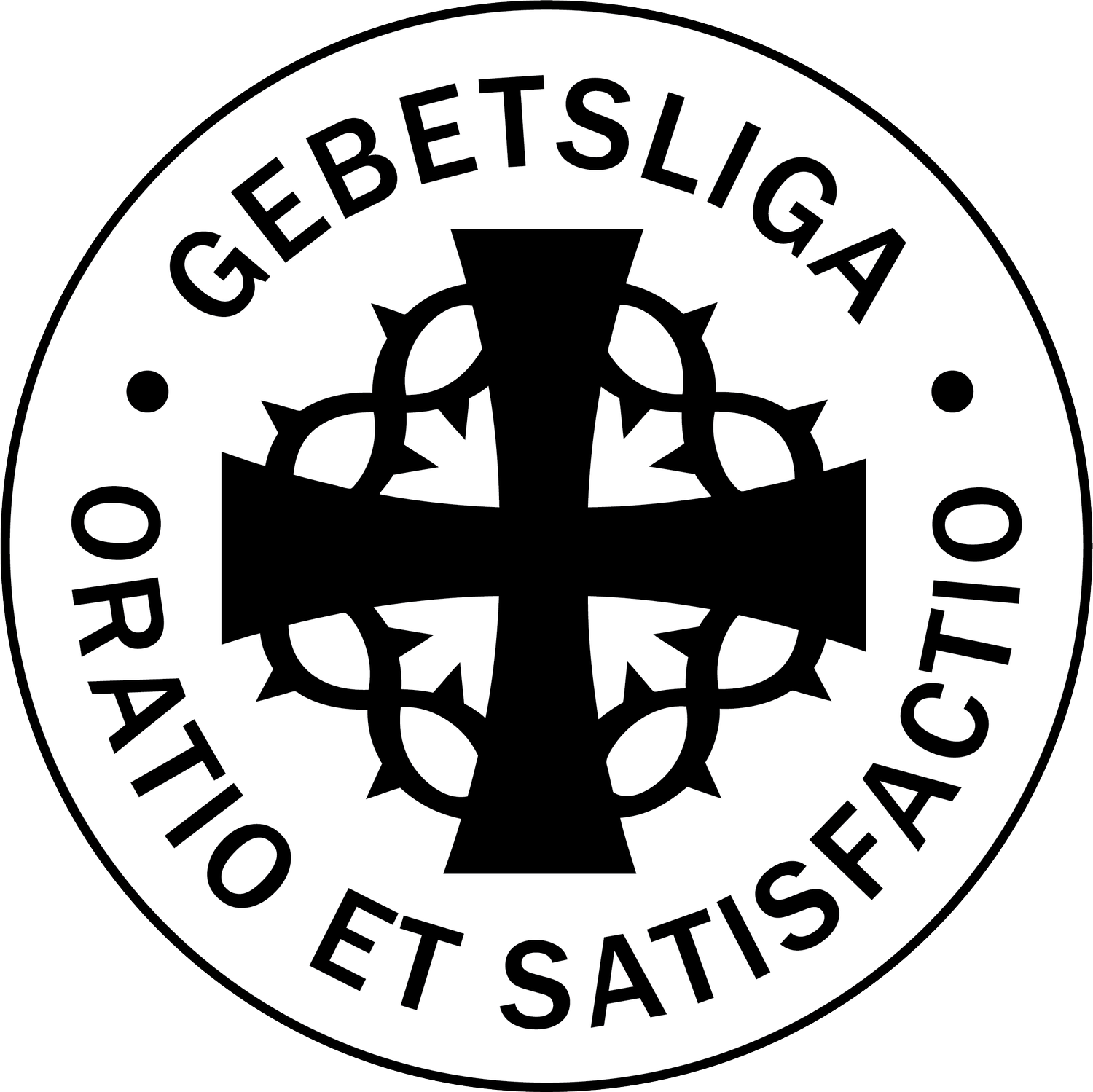New Icon Commissioned
A new icon of Blessed Karl of Austria was commissioned by The Emperor Karl League of Prayer U.S.A. and Canada, in consultation with Mr. Jordan Hainsey, U.S.A. and Canadian Webmaster and Designer. Written using the traditional method of prayer and fasting by Bulgarian iconographer Alexander Schelechow, the new icon of Blessed Karl is meant to be a "window to Heaven," conveying a spiritual reality and theological aesthetic that transcends mere portraiture.
Blessed Karl is shown in arrested movement. He is portrayed in stillness because he is becalmed by God. His eyes are shown in an open gaze because they are keenly and prayerfully aware of our world. His lips are closed, expressing true contemplation which requires total silence. Karl is surrounded by a halo of radiating light and is standing against a sheet of gold, showing that he is living in the light of God.
In one hand Karl bears a budded Cross. The four arms with four buds symbolize the four Evangelists and invite discipleship in Christ's ministry. The softness of the buds evoke peace and recall Karl's tireless work for peace during WWI. His left hand is open, inviting contemplation of Christ's salvific work through the Cross.
Above Karl, angels present two crowns. The angel on the left clothed in red, the color of royalty, presents the Crown of Saint Stephen, worn by Karl for his Coronation as King of Hungry on December 30, 1916. The angel on the right clothed in blue and green, the colors of life and heaven, bears a crown of thorns, recalling the suffering that Karl bore working for peace for his country and peoples. Together, both crowns recall Karl's view of his Kingship as Divine Right and the sufferings and sacrifice he was called to make throughout his office and life.
Karl is shown clothed in the ceremonial robes and collar of the Grand Knight of the Order of the Golden Fleece. Founded in 1430 by the Burgundian Duke Philip the Good, the Order is dedicated to the Blessed Virgin and Saint Andrew and it would come to help renew the idea of the miles Christus (Christian soldier). The Order's symbol of the lamb is derived from the biblical story of Gideon and the greek myth of Jason. Infused with this imagery from Christian theology and classical mythology, the Order combines the defense of the Christian faith with the honor of Western chivalry. Around the mantle's hem is the motto of Charles the Bold, Je L'ai Empirns (I have undertaken it), recalling the great duty the wearer of the robe carries. The Order of the Golden Fleece has been seen as a symbol of the House of Austria for centuries and Karl was inducted into the order in 1905.
Icon Plaques Available!
Icon plaques of Blessed Karl are available in our online store by clicking the link below.
Iconographer
Alexander Schelechow was born in Bulgaria in 1960. In 1967, he and his parents moved to Germany. Eight years later, the family settled in Montreal, Canada. Alexander found his interest and his vocation in the art of iconography by observing and assisting his father, the renowned iconographer Nikolai Schelechow. Under the direction of his father, Alexander completed his first icon at the age of thirteen.
Alexander has worked as a professional Iconographer for more than 30 years. He has completed numerous commissions for churches and individuals from Canada, the United States, Europe, and Australia. He has held lectures on the history and the meaning of icons. He also gives courses on the technical aspects of iconography. Alexander writes icons for iconostases as well as murals on canvas for churches. In addition, he holds a Bachelor's degree in German and English studies from McGill University and a Master's degree in Russian and Slavic studies from the Université de Montréal.
Alexander has adopted the style of the classical age of Byzantine-Russian iconography. He writes his icons on wood panels covered with a traditional gesso. The background of the icon is gilded with genuine 22-karat gold leaf. As in the classic style of iconography, the images of his icons are stylized and rich in symbolic associations. Most of them are based on classical originals of Russian iconography from the 14th to the 16th century.


